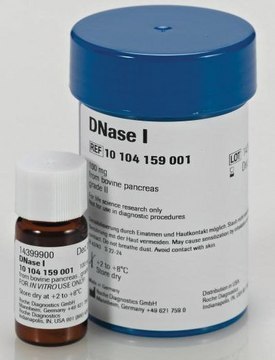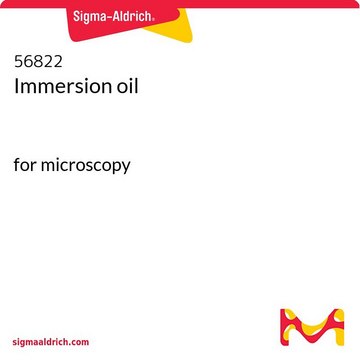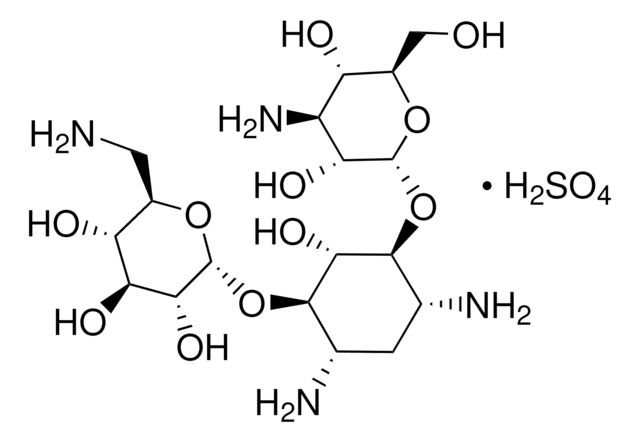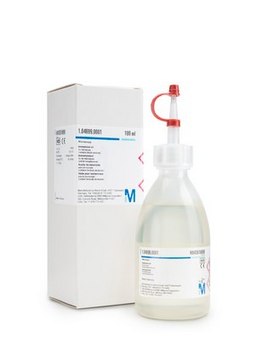Recommended Products
biological source
Escherichia coli
Quality Level
form
solution
packaging
pkg of 1,000 U (10674257001 [10 U/μl])
pkg of 20,000 U (10674273001 [10 U/μl])
pkg of 20,000 U (11047663001 [40 U/μl])
pkg of 5,000 U (10674265001 [10 U/μl])
manufacturer/tradename
Roche
parameter
37 °C optimum reaction temp.
technique(s)
DNA sequencing: suitable
storage temp.
−20°C
Related Categories
General description
Compatible ends
Xba I ends are compatible with fragments generated by Avr I, Nhe I, and Spe I.
Isoschizomers
The enzyme is not known to have isoschizomers.
Methylation sensitivity
Xba I digestion of DNA is inhibited by the dam gene product of E. coli, which methylates the 6N position of adenine in the sequence GATC. The enzyme is also inhibited by 5-methylcytosine or 5-hydroxymethylcytosine at the site (*) indicated on the recognition sequence.
Activity in SuRE/Cut Buffer System
Buffer printed in bold face type is the buffer recommended for optimal activity:
A B L M H
100% 75-100% 75-100% 75-100% 100%
Relative activity in complete PCR mix
Relative activity in PCR mix (Taq DNA Polymerase buffer) is 60%. The PCR mix contained ?DNA, primers, 10 mM Tris-HCl (pH 8.3, +20°C), 50 mM KCl, 1.5 mM MgCl2, 200 ?M dNTPs, 2.5 U Taq DNA polymerase. The mix was subjected to 25 amplification cycles. Activity in reaction buffer of Pwo SuperYield DNA Polymerase PCR Mix is 25%. When supplemented with GC-RICH Solution, activity increases to 100%.
Incubation temperature
+37°C
Number of cleavage sites on different DNAs
λ Ad2 SV40 ?X174 M13mp7 M13mp18 pBR322 pBR328 pUC18
1 5 0 0 0 1 0 0 1
PFGE tested
Xba I has been tested in Pulsed-Field Gel Electrophoresis (on bacterial chromosomes). For cleavage of genomic DNA (E. coli C 600) embedded in agarose for PFGE analysis, we recommend 10 U enzyme per ?g DNA and approximately 4 hour incubation time.
Ligation and recutting assay
Xba I fragments obtained by complete digestion of 1 ?g pUC18 DNA are ligated with 1 U T4 DNA Ligase in a volume of 10 ?l by incubation for 16 hours at +4°C in 66 mM Tris-HCl, 5 mM MgCl2, 5 mM Dithiothreitol, 1 mM ATP, pH 7.5 (at +20°C) resulting in >90% recovery of pUC18 DNA.
Subsequent re-cutting with Xba I yields >95% of the typical pattern of pUC18 × Xba I fragments.
Specificity
The sequence specificity of Xba I is relaxed at low ionic strength or by addition of glycerol, ethanol or DMSO to the incubation mixture.
Recognition sites: TCTAGA
TCTAGA
Restriction site: T↓CTAGA
T↓CTAGA
Heat inactivation: Xba I can be heat inactivated by incubation at 65 °C for 15 minutes (up to 15 U/μg DNA). Higher concentrations of Xba I cannot be heat inactivated completely under these conditions.
Application
DNA Profile
- λ: 1
- φX174: 0
- Ad2: 5
- M13mp7: 0
- pBR322: 0
- pBR328: 0
- pUC18: 1
- SV40: 0
Unit Definition
Analysis Note
1μg λDNA is incubated for 16 hours in 50 μl SuRE/Cut Buffer H with an excess of Xba I. The number of enzyme units which do not change the enzyme-specific pattern is stated in the certificate of analysis.
Absence of exonuclease activity
Approximately 5 μg [3H] labeled calf thymus DNA are incubated with 3μl Xba I for 4 hours at +37°C in a total volume of 100 μl 50 mM Tris-HCl, 10 mM MgCl2, 1 mM Dithioerythritol, pH approximately 7.5. Under these conditions, no release of radioactivity is detectable, as stated in the certificate of analysis.
The buffer in bold is recommended for optimal activity
- A: 100%
- B: 75-100%
- H: 100%
- L: 75-100%
- M: 75-100%
Relative activity in PCR mix (Taq DNA Polymerase buffer) is 60%. The PCR mix contained λDNA, primers, 10 mM Tris-HCl (pH 8.3, 20 °C), 50 mM KCl, 1.5 mM MgCl2, 200 μM dNTPs, 2.5 U Taq DNA polymerase. The mix was subjected to 25 amplification cycles.Activity in reaction buffer of Pwo SuperYield DNA Polymerase PCR Mix is 25%. When supplemented with GC-RICH Solution, activity increases to 100%. Pwo SuperYield DNA Polymerase PCR Mix is not available in U.S.
Other Notes
Kit Components Only
- Enzyme Solution
- SuRE/Cut Buffer H 10x concentrated
Storage Class Code
12 - Non Combustible Liquids
WGK
WGK 1
Flash Point(F)
does not flash
Flash Point(C)
does not flash
Regulatory Information
Choose from one of the most recent versions:
Already Own This Product?
Find documentation for the products that you have recently purchased in the Document Library.
Articles
The term “Restriction enzyme” originated from the studies of Enterobacteria phage λ (lambda phage) in the laboratories of Werner Arber and Matthew Meselson.
Related Content
Restriction endonucleases in prokaryotes function primarily to protect against foreign genetic material, notably bacteriophage DNA.
Our team of scientists has experience in all areas of research including Life Science, Material Science, Chemical Synthesis, Chromatography, Analytical and many others.
Contact Technical Service
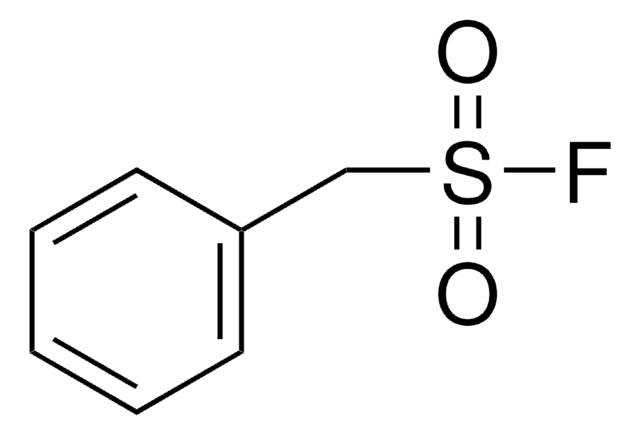
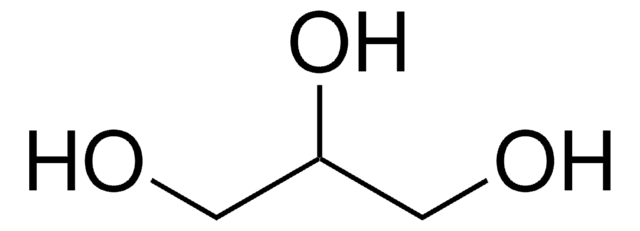
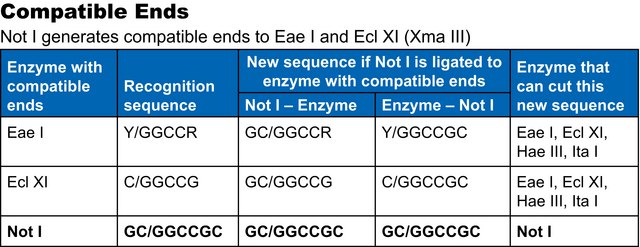
![Refractive index standard traceable to NIST, traceable to PTB, [α]/D 60°, Brix CERTIPUR®](/deepweb/assets/sigmaaldrich/product/images/137/112/c7ee9f1e-5b1a-475f-9853-3595c8466217/640/c7ee9f1e-5b1a-475f-9853-3595c8466217.jpg)
